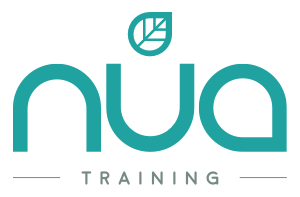For some people, having to make a presentation is a ‘rabbit in the headlights’ moment. Put them in front of an audience – even the very smallest group of four or five – and that confidence goes out of the window. I know of so many people who, however much they want to do it differently, almost shut down mentally and simply regurgitate, parrot fashion, the words on their presentation slides.
Talking for talking’s sake
Then there are those who can present with confidence; they can sell, sell, sell their company/products/services and ad lib with ease, hardly drawing breath because they want to make sure they cover ever compelling reason to buy from them. In this type of presentation, questions are strictly for afterwards – that is if the audience’s eyes haven’t glazed over halfway through. They may be funny, they may be charming, but where’s the engagement?! They are simply talking AT their audience.
The very best presenters think about their audience and their needs. They are aware of feelings and don’t just rush blindly through their presentation.
Talk TO your audience – start a conversation
A good presentation actively involves the audience. Forget for a moment the purpose of a presentation and think ‘conversation’. Isn’t it through conversation that ideas are exchanged, opinions formed, common ground reached, agreements made? And isn’t that, ultimately, what you want to achieve when making a sales presentation?
I won’t deny that, for some people, this can be quite a leap to make, but with a little training and practice in good presentation skills, it can transform how you perform – and the results you achieve. If you can start talking to your audience, tailoring your message as the presentation develops and demonstrating that you actually care about them – and are not just focused on remembering your ‘script’ – they will be engaged and receptive to what you are saying.
A conversation is a two-way process that involves both parties. The most effective presenter will invite questions, comments, feedback; they will encourage their audience to think about what is being said and to react to it, pushing beyond the passiveness of simply listening. Listening may, if you’re lucky, spark something that resonates with your audience; but getting your audience to actively participate in the presentation will ignite far greater interest in what you have to say and what you have to sell.

